Long-lost film documents resistance
Updated: 2015-04-08 19:37
By TAN YINGZI in Chongqing(chinadaily.com.cn)
|
||||||||
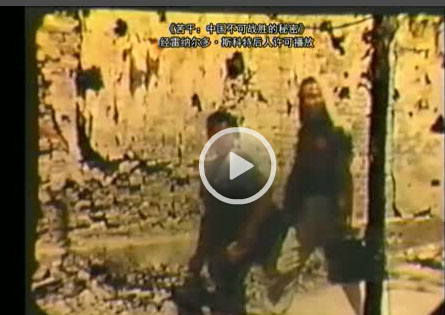 |
|
The video clip is provided by Chongqing Research Center for War of Resistance against Japanese Aggression in the Un-occupied Area. |
Academy Award-winning film captured struggle against Japanese aggression
Kukan, a previously lost, award-winning film about Chinese resistance against the Japanese invasion during World War II, has been restored and introduced to China.
The Chongqing Research Center for the Anti-Japanese War in the Unoccupied Area announced on Wednesday that it has signed a purchase agreement for Kukan with the descendants of Rey Scott, the photographer of the documentary, to use its materials in research and public education in China.
Kukan is the Chinese pronunciation for “hard working”, a quality that the film’s producer believed helped Chinese people win the war.
“It is so far the most complete recording of the Japanese invasion of China by a Westerner,” said Zhou Yong, director of the research center.
“Every viewer will be deeply touched and shocked by how common Chinese people struggled through the war.”
The 85-minute film, subtitled The Battle Cry of China, was produced by Chinese American Li Ling-Ai from 1937 to 1940.
In 1937, Li, a Chinese-American playwright from Hawaii, decided to make a movie to record war-torn China with her own money. She hired Scott, a photojournalist from the US Midwest and a foreign correspondent for London’s Daily Telegraph, to shoot the documentary in China.
Its detailed recording of their journey in wartime China won them an Honorary Academy Award in 1941.
The final 20 minutes of Kukan shows the Japanese bombings on the wartime capital of Chongqing on Aug 19 and 20, 1940. Scott captured his footage of the bombed downtown area from the roof of the US embassy across the Yangtze River.
Bosley Crowther, reviewing the film for The New York Times, called the sequence “one of the most awesome bits of motion picture yet seen in this day of frightful news events ... somehow this wanton violence appears even more horrible than the scenes we have witnessed of London’s destruction.”
The award certificate cited Scott “for his extraordinary achievement in producing Kukan, the film record of China’s struggle, including its photography with a 16 mm camera under the most difficult and dangerous conditions”.
The film premiered in New York on June 23, 1941, and was widely covered by national and international media such as The New York Times, Chicago Daily Times, Time Magazine and London’s Daily Telegraph.
The film was also screened at the White House for President Franklin D. Roosevelt.
But the film faded from view after the war was over. Kukan was officially categorized as a “lost” film by the Academy of Motion Picture Arts and Sciences until 2009, when Chinese-American movie producer Robin Lung discovered a copy of the documentary.
It took the Academy of Motion Picture Arts and Sciences six years to restore the film. Lung is now producing a documentary about finding the copy, titled Finding Kukan.
- Military parade to mark victory of War of Resistance Against Japanese Aggression
- Witness: War of Resistance against Japanese Aggression
- China reveals documents on battle against Japanese aggression - in Zaoyang and Yichang
- China criticizes Australian leader's remarks on Japanese aggression
- Xi commemorates start of War of Resistance against Japanese Aggression
- China remembers War Against Japanese Aggression
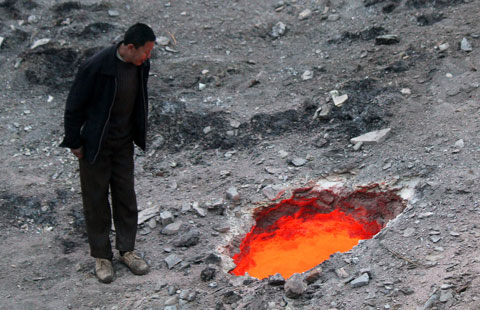
 Trending: 'Gateway to hell' found in Urumqi
Trending: 'Gateway to hell' found in Urumqi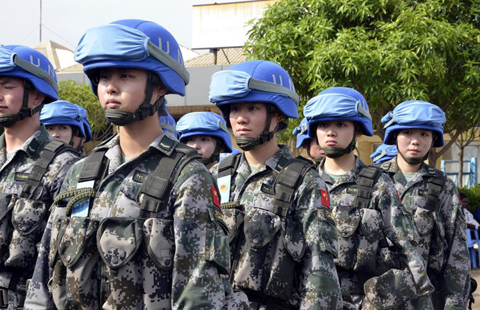
 Last batch of Chinese peacekeeping infantry arrives in S.Sudan
Last batch of Chinese peacekeeping infantry arrives in S.Sudan
 With high property prices, is it OK to rent forever?
With high property prices, is it OK to rent forever?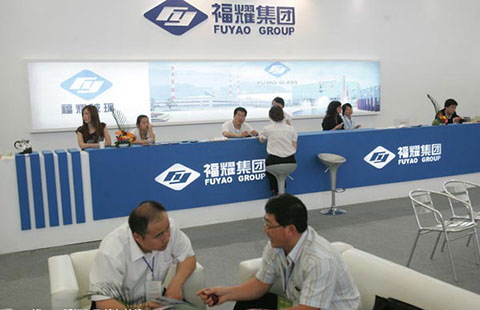
 Top 7 glass producers in China
Top 7 glass producers in China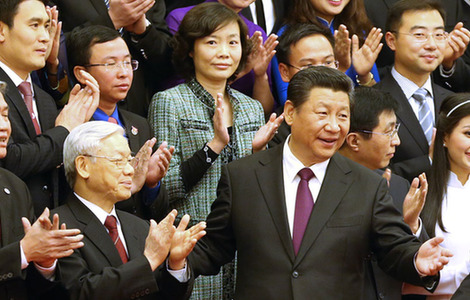
 China, Vietnam work to build ties
China, Vietnam work to build ties
 Louis Vuitton Series 2: Past, Present, and Future
Louis Vuitton Series 2: Past, Present, and Future
 Buddhist ritual held on Jiuhua Mountain in E China's Anhui
Buddhist ritual held on Jiuhua Mountain in E China's Anhui
 Photographer focuses lens on China's rail history
Photographer focuses lens on China's rail history
Most Viewed
Editor's Picks

|

|

|

|

|

|
Today's Top News
Boston bomber convicted, may face death penalty
US mulls major arms sales to Egypt
Zhou trial likely to serve as model
Energy security, goodwill top Obama agenda in Jamaica visit
Chinese insurers invest in Boston Seaport site
Chinese billionaire buys vase for $14.7 million
Survey: China bests Japan on economic ties
World Bank welcomes AIIB
US Weekly

|

|






